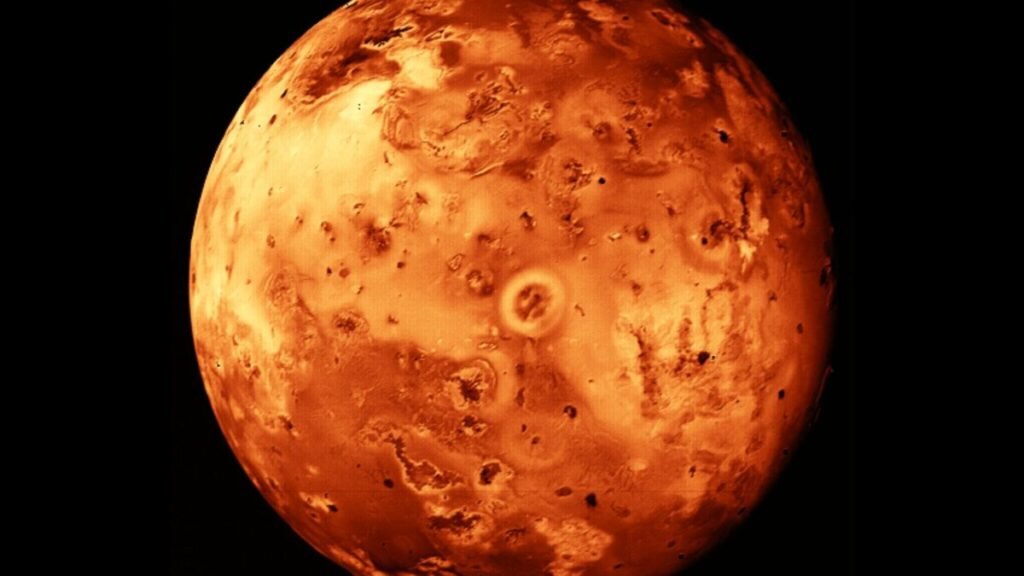Seven volcanoes have become active on Io, and a team from UNAM, aided by James Webb, has recently observed them using artificial intelligence technology for the first time.

It is the most volcanic place in the Solar System, a world where the surface twists, boils, and renews relentlessly. With each rotation, its body deforms up to 100 meters due to Jupiter’s gravitational force. At that distance—more than 600 million kilometers from Earth—observing what happens there is like trying to see a spark in the middle of a hurricane.
Now, an international team led by Mexican astronomer Joel Sánchez Bermúdez, from the Institute of Astronomy at UNAM, has achieved it. For the first time, they have identified and a technique of artificial intelligence processing that redefines the way we look at the bodies of the Solar System.
###A hell under the ice

Not cones spewing lava, but enormous basins with incandescent lakes in the center. They are sulfur and molten rock calderas that, in the reconstructed images, shine like embers suspended in a yellowish darkness.
The team reveals seven of these structures in full eruption. Additionally, researchers detected deposits that could contain sulfur dioxide, a key component in the moon’s atmosphere. Each of these eruptions occurs in terrain that constantly changes shape, a landscape that never repeats itself.
To achieve this, the team combined the power of the James Webb telescope with a rare technique in space astronomy:
###Seven eyes in a mirror

The method consists of literally covering part of the telescope. The Webb, with its 18 hexagonal segments, was modified with an aluminum mask with seven holes. By combining the signals, the system obtains an image with much higher resolution than conventional optics would allow.
“When this is placed in the telescope’s pupil, each hole becomes a small observer,” explains Sánchez. “The interference pattern of light passing through the seven holes allows us to improve the image’s sharpness.” So far, interferometry had only been used in large terrestrial telescopes, but never in space. The gamble paid off: Io showed its volcanoes like never before.
###Artificial intelligence as a new lens

When the team obtained the data, they faced an unexpected problem: Traditional interferometry algorithms couldn’t correct them. That’s where Sánchez’s experience in image processing and machine learning came in.
The astronomer decided to train neural networks with synthetic models of Io to learn how to clean up the images. “We used a network that was correcting layer by layer,” he explains, “until we managed to reconstruct an image where the volcanoes and background structures were clearly visible.” But also something more: a demonstration that artificial intelligence can become a new lens to look at the cosmos.
The achievement is not limited to a distant moon. The methodology developed by the Mexican and international team could be applied to observing other celestial bodies with complex interferometry data, essential for future missions studying planetary atmospheres or seeking signs of geological activity on remote worlds.
“What is innovative is not only what we saw on Io,” says Sánchez. “It’s how we saw it. We were able to reconstruct the image without the classical method, only with neural networks.”
###A new way of seeing
The technical and scientific feat not only reveals the secrets of a distant satellite: it redefines the way we observe the universe. Io, with its fiery surface and chaotic dance around Jupiter,
And, in the process, it shows how artificial intelligence—that most human tool—can help us see further. Because, in the end, perhaps the true essence lies in our way of seeing.






